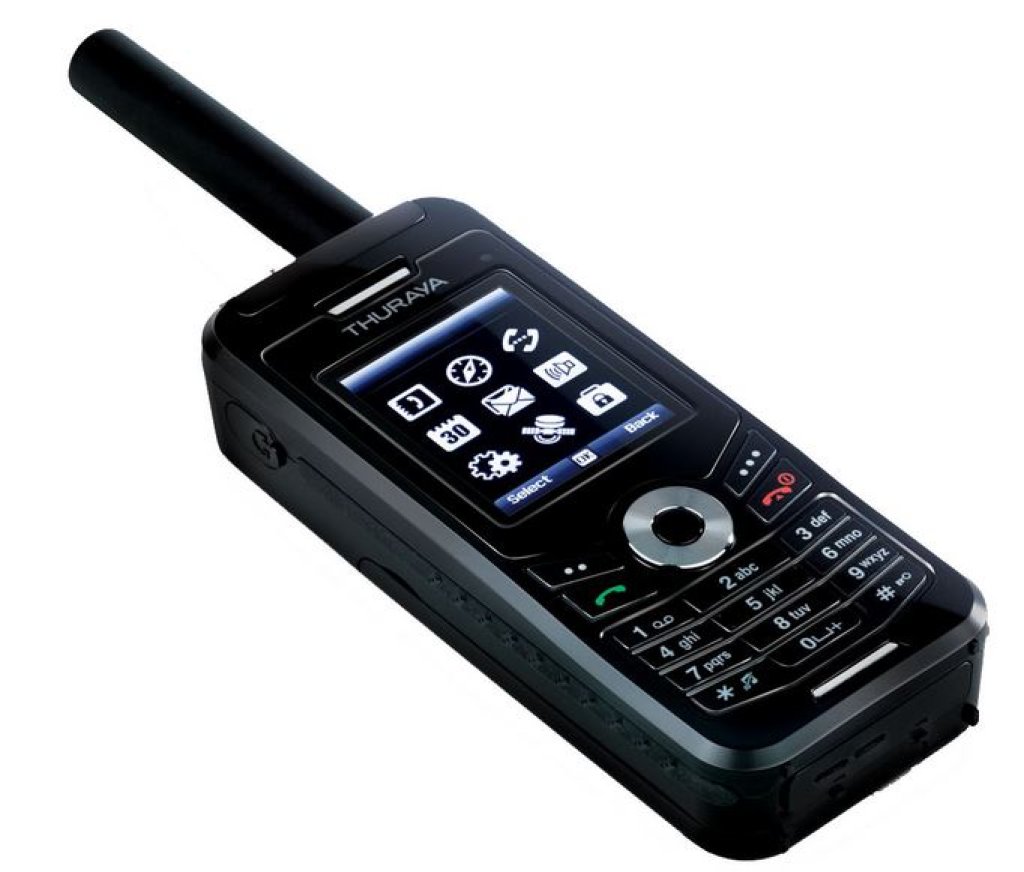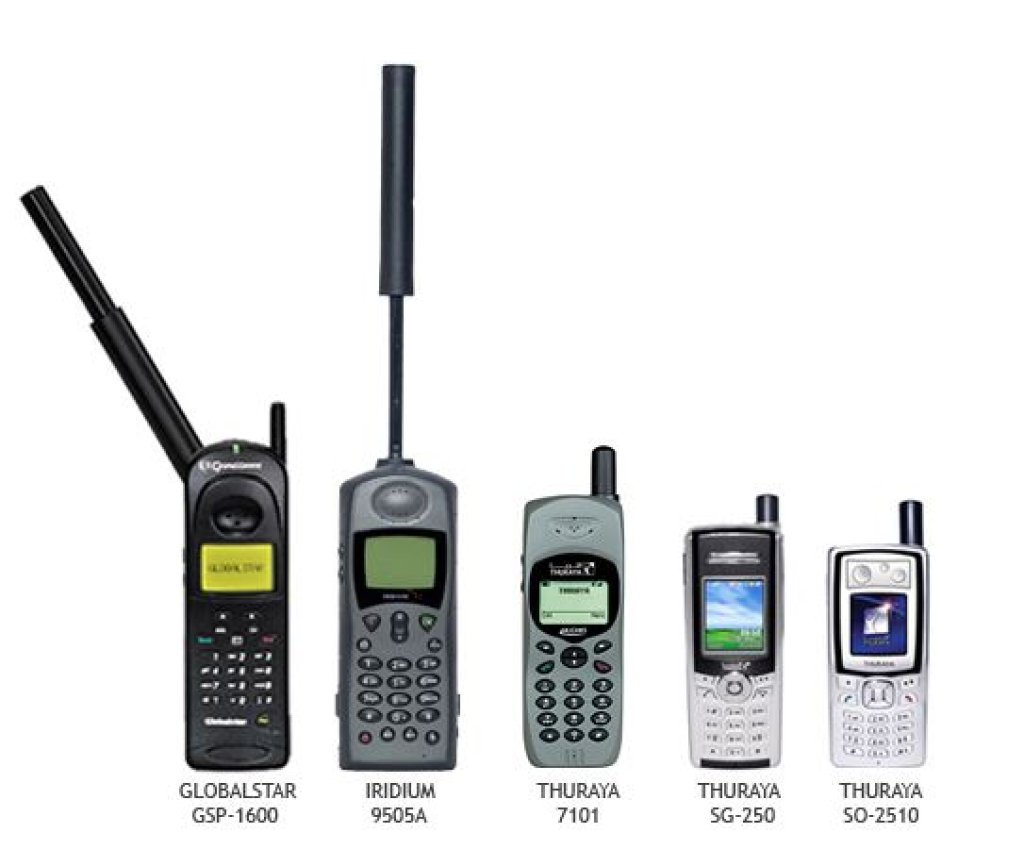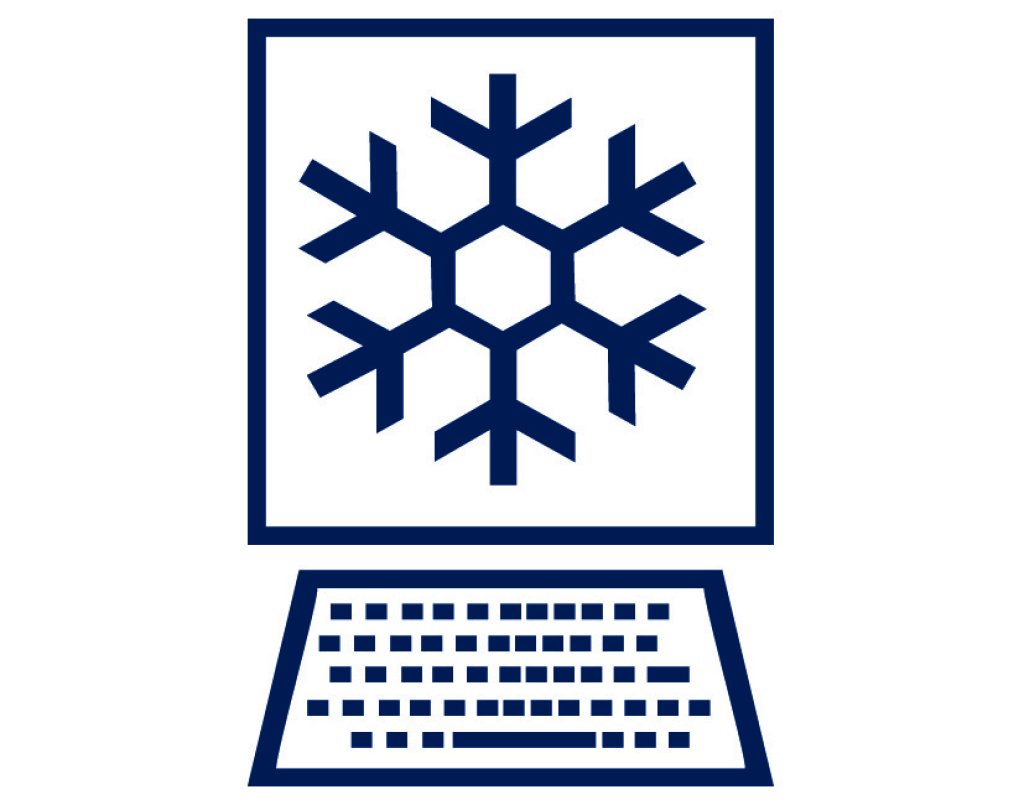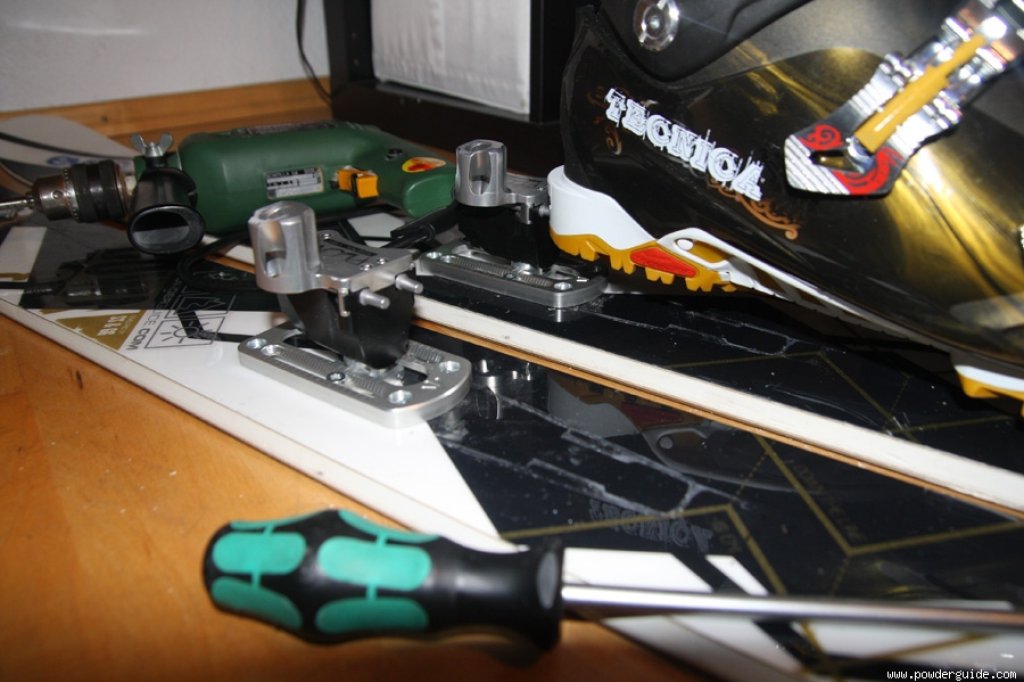"What kind of old cell phone is that?" This is usually the question that is immediately asked when someone sees my satellite phone or gets their hands on it (admittedly, it's not the latest model). If I then say "That's a satellite phone", I usually get a reply like "Wow, but that's really expensive! And what do you need it for anyway?"
Of course, neither of these can be completely dismissed. A satellite phone is quite expensive to buy. However, you can now get older devices much cheaper than a mediocre smartphone.
With Thuraya's prepaid tariffs, you benefit from very low running costs (less than €10 per year), especially in contrast to other providers. Making calls is also not significantly more expensive than roaming with a cell phone and can even be cheaper abroad - although it is quite expensive for national calls. Of course, a satellite phone makes sense above all where there is no cell phone network available. It is probably well known that this is also the case in some areas of the Alps, but compared to other mountain regions of the world, these are already largely covered by mobile phone networks from various manufacturers. If you are traveling in more isolated mountain regions (or generally outside of Central Europe), communication with the outside world is usually significantly limited, apart from in urban areas. A satellite phone is often the only way to call for help in an emergency, but also to check the weather at home for the next few days.





